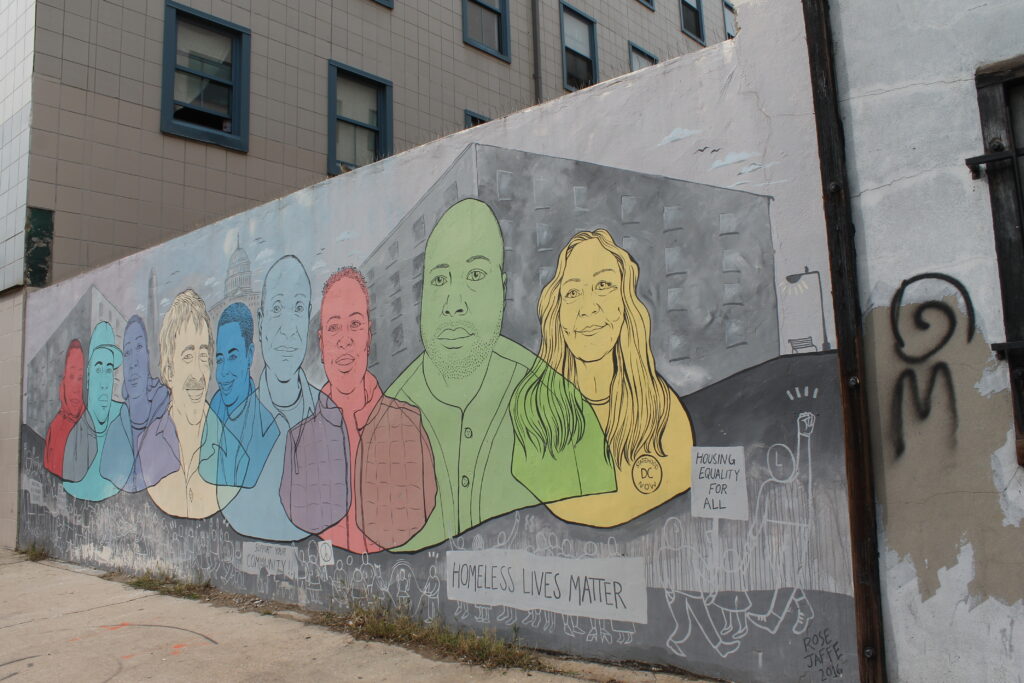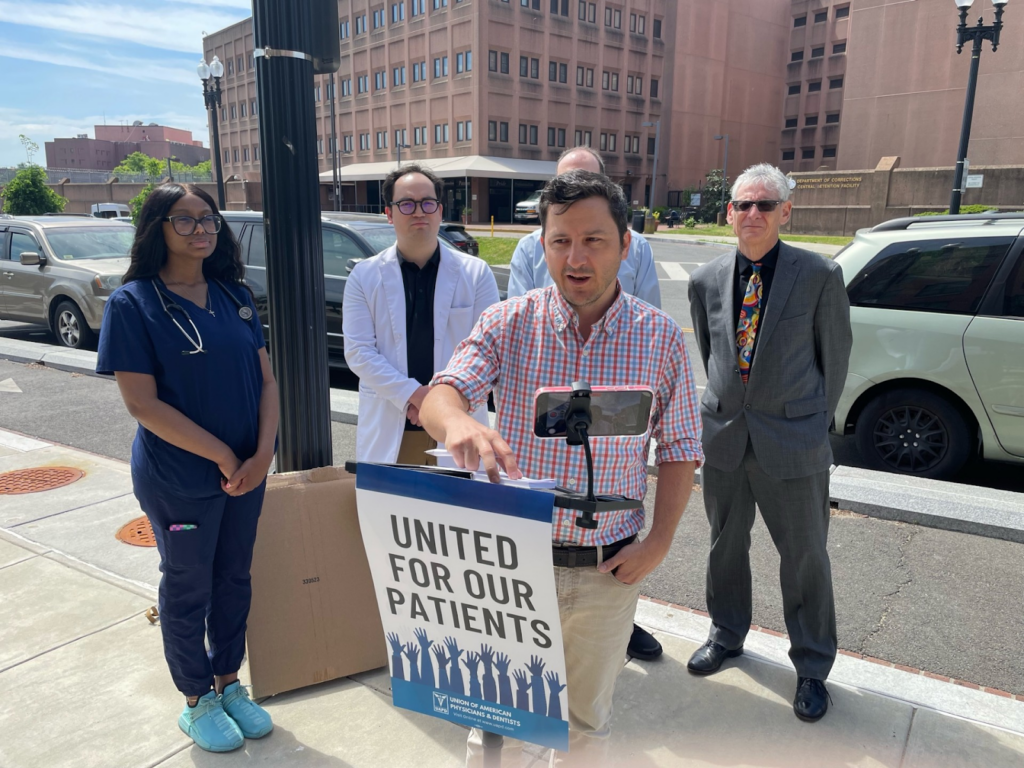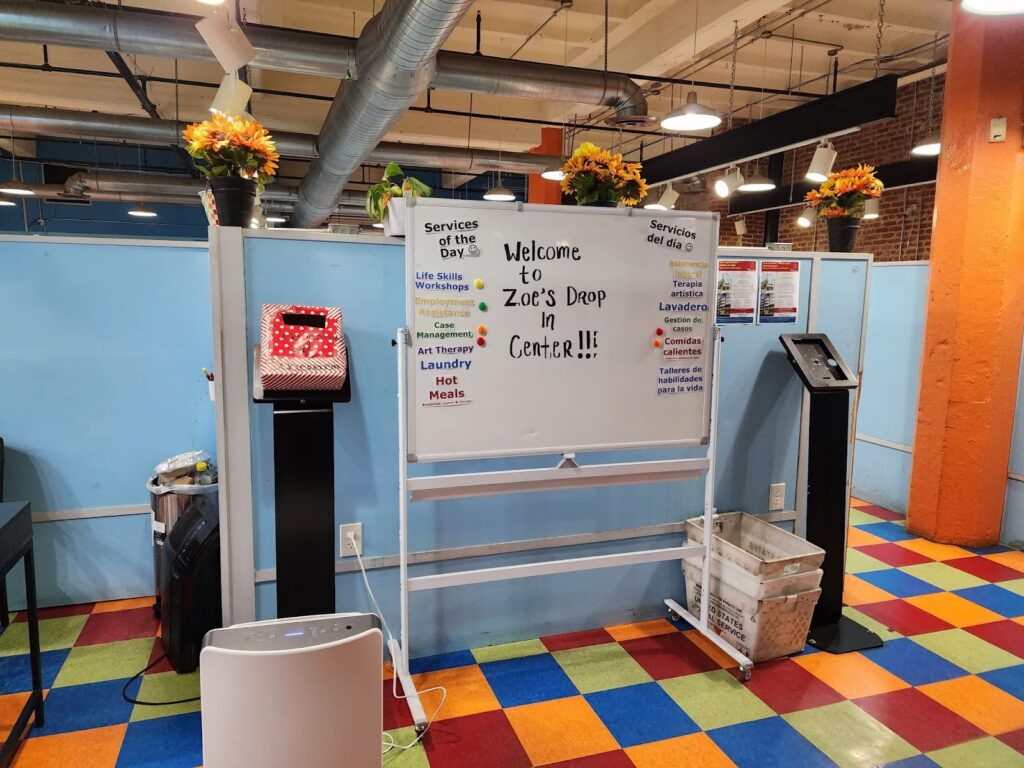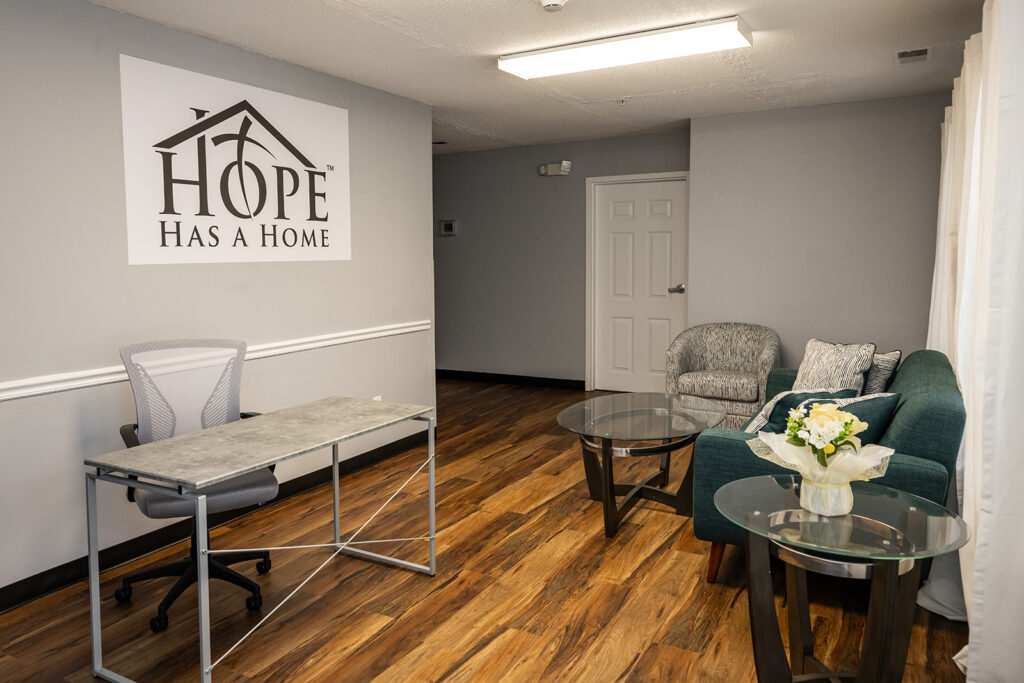Homeless shelters for individuals in D.C. were full or nearly full for much of April, according to shelter monitoring reports, leaving people with few options but to sleep outside.
To respond to the demand, D.C. opened 80 additional shelter beds in May: 40 for women at Eve’s Place, and 40 for men at Emery. On May 29, the most recent night for which data is available, 40 men and 33 women slept in the extra beds, which will stay open through the summer.
While the May shelter occupancy report isn’t yet available, the April report, prepared by The Community Partnership, shows a system under strain. On an average night, 98-99% of shelter beds were full, with just 11 beds open for men and five for women, including on nights when seasonal overflow shelters that have since closed were available. Shelters were often full by 8 or 9 p.m., the report shows.
Because of the high occupancy rates, men were turned away from low-barrier shelters 215 times in April, according to a turnaway summary also prepared by The Community Partnership. Women were turned away 171 times. At two of the city’s shelters, people were turned away on two-thirds of the days in April.
The high occupancy rates come after about 700 seasonal shelter beds that opened over the winter to offer protection from hypothermia closed throughout March and April. Advocates and people experiencing homelessness have warned for a few years when these shelters shutter, year-round shelters can be overwhelmed. The problem intensified last year — after shelter closures, including the Pandemic Emergency Program for Medically Vulnerable Individuals (PEP-V), D.C. lost more than 500 shelter beds.
Without PEP-V or seasonal overflow beds, there are 335 low-barrier beds for women, 697 for men, and 40 for LGBTQ+ individuals, according to D.C. Department of Human Services (DHS) slides presented at a May 22 Interagency Council on Homelessness (ICH) meeting. Another 144 specialty beds are available for men, but they are not low-barrier, meaning it’s unlikely someone would be able to walk up one night and get a bed.
The city has high hopes new beds in two non-congregate shelter sites will relieve the current pressure on shelters. The Aston and E Street are set to open in August and November, respectively, according to DHS slides. Together, the sites will add 290 beds split between men and women and will offer options for people who prefer individual rooms or who want to go into shelter with a partner or adult family member of another gender. Until then, overflow beds are the city’s best answer.
D.C. opened the new 80 overflow beds in early May, ahead of a slew of encampment closures in Foggy Bottom. According to a DHS representative at the ICH meeting, the city initially offered the new beds to encampment residents displaced by the closures, but opened them to anyone in search of a shelter bed the week after the closures.
By 2028, the city hopes to have a total of 1,733 year-round shelter beds, an increase of more than 500 beds from this year, a DHS representative said at the ICH meeting. In addition to the non-congregate sites, D.C. will be opening new shelters and sites currently closed for renovation to expand access to shelter in the city.








